Tim Whittaker
Pushing the Limits of Extreme Weather: Constructing Extreme Heatwave Storylines with Differentiable Climate Models
Jun 12, 2025Abstract:Understanding the plausible upper bounds of extreme weather events is essential for risk assessment in a warming climate. Existing methods, based on large ensembles of physics-based models, are often computationally expensive or lack the fidelity needed to simulate rare, high-impact extremes. Here, we present a novel framework that leverages a differentiable hybrid climate model, NeuralGCM, to optimize initial conditions and generate physically consistent worst-case heatwave trajectories. Applied to the 2021 Pacific Northwest heatwave, our method produces temperature anomalies up to 3.7 $^\circ$C above the most extreme member of a 75-member ensemble. These trajectories feature intensified atmospheric blocking and amplified Rossby wave patterns--hallmarks of severe heat events. Our results demonstrate that differentiable climate models can efficiently explore the upper tails of event likelihoods, providing a powerful new approach for constructing targeted storylines of extreme weather under climate change.
Turbulence Scaling from Deep Learning Diffusion Generative Models
Nov 10, 2023
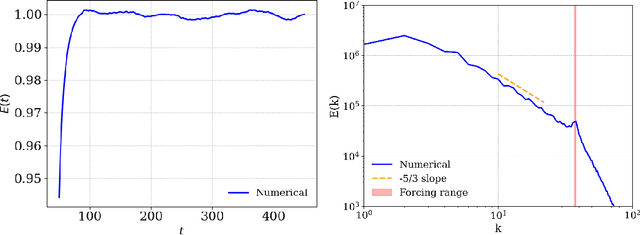
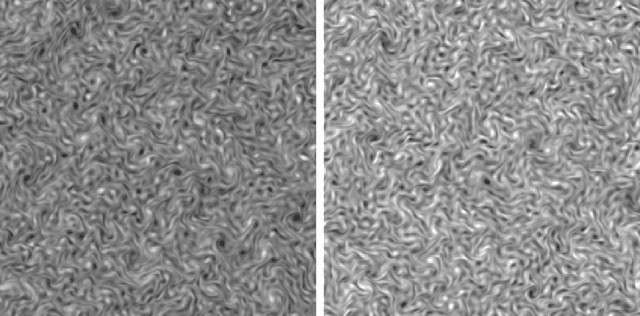
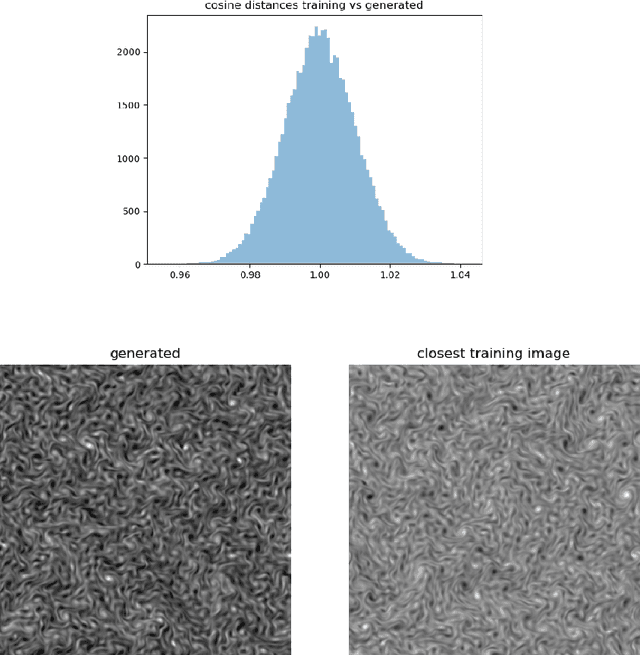
Abstract:Complex spatial and temporal structures are inherent characteristics of turbulent fluid flows and comprehending them poses a major challenge. This comprehesion necessitates an understanding of the space of turbulent fluid flow configurations. We employ a diffusion-based generative model to learn the distribution of turbulent vorticity profiles and generate snapshots of turbulent solutions to the incompressible Navier-Stokes equations. We consider the inverse cascade in two spatial dimensions and generate diverse turbulent solutions that differ from those in the training dataset. We analyze the statistical scaling properties of the new turbulent profiles, calculate their structure functions, energy power spectrum, velocity probability distribution function and moments of local energy dissipation. All the learnt scaling exponents are consistent with the expected Kolmogorov scaling and have lower errors than the training ones. This agreement with established turbulence characteristics provides strong evidence of the model's capability to capture essential features of real-world turbulence.
Neural Network Complexity of Chaos and Turbulence
Nov 24, 2022Abstract:We study the complexity of chaos and turbulence as viewed by deep neural networks by considering network classification tasks of distinguishing turbulent from chaotic fluid flows, noise and real world images of cats or dogs. We analyze the relative difficulty of these classification tasks and quantify the complexity of the computation at the intermediate and final stages. We analyze incompressible as well as weakly compressible fluid flows and provide evidence for the feature identified by the neural network to distinguish turbulence from chaos.
Using machine learning to parametrize postmerger signals from binary neutron stars
Jan 17, 2022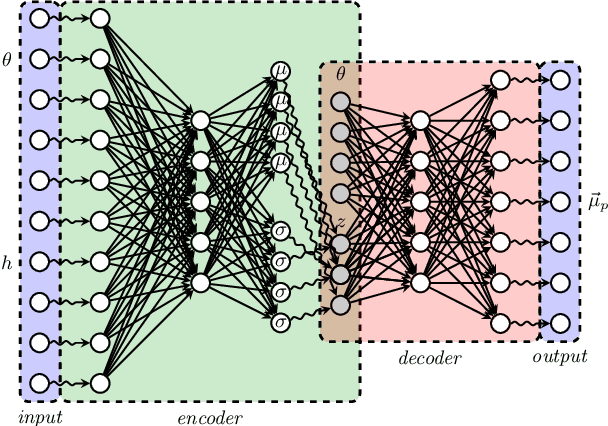
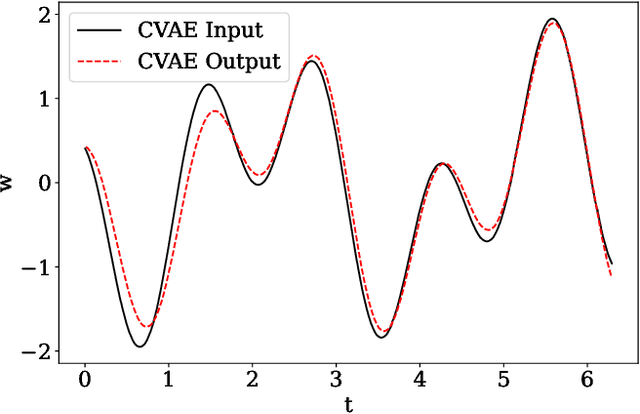
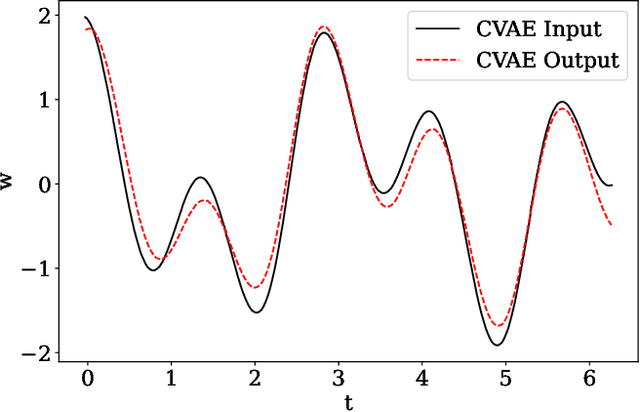
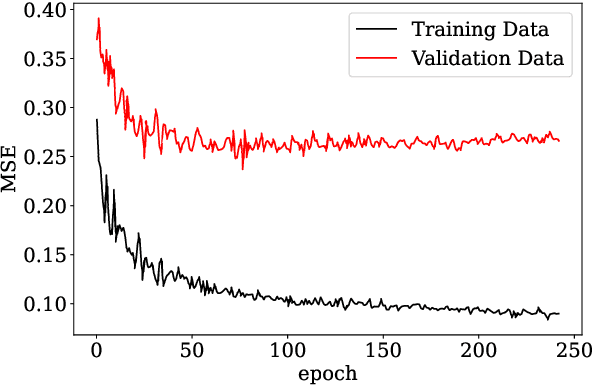
Abstract:There is growing interest in the detection and characterization of gravitational waves from postmerger oscillations of binary neutron stars. These signals contain information about the nature of the remnant and the high-density and out-of-equilibrium physics of the postmerger processes, which would complement any electromagnetic signal. However, the construction of binary neutron star postmerger waveforms is much more complicated than for binary black holes: (i) there are theoretical uncertainties in the neutron-star equation of state and other aspects of the high-density physics, (ii) numerical simulations are expensive and available ones only cover a small fraction of the parameter space with limited numerical accuracy, and (iii) it is unclear how to parametrize the theoretical uncertainties and interpolate across parameter space. In this work, we describe the use of a machine-learning method called a conditional variational autoencoder (CVAE) to construct postmerger models for hyper/massive neutron star remnant signals based on numerical-relativity simulations. The CVAE provides a probabilistic model, which encodes uncertainties in the training data within a set of latent parameters. We estimate that training such a model will ultimately require $\sim 10^4$ waveforms. However, using synthetic training waveforms as a proof-of-principle, we show that the CVAE can be used as an accurate generative model and that it encodes the equation of state in a useful latent representation.
 Add to Chrome
Add to Chrome Add to Firefox
Add to Firefox Add to Edge
Add to Edge